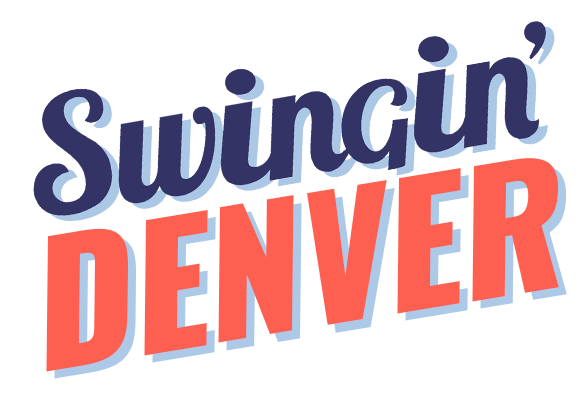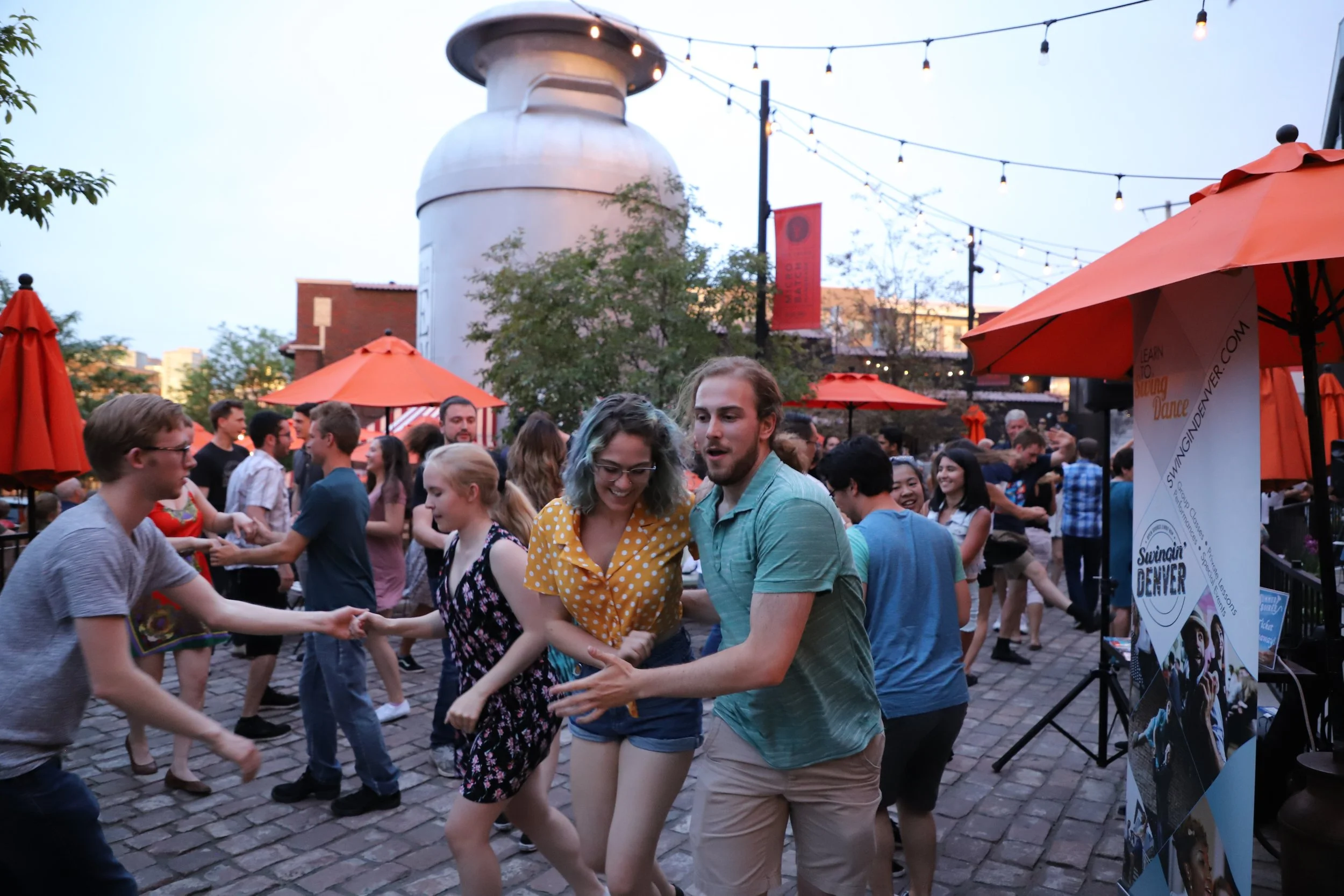As a company that prides itself in making swing events accessible for all, it’s noticeable when we and perhaps others feel like outsiders due to information not being made readily available. Some recent examples:
Contacting an event organizer to ask who their DJs are for a dance night and them ultimately not sharing that information.
Being ignored multiple times when asking another organization who was DJing their night and ultimately emailing the owner.
Seeing an older woman asking a bandleader’ mom if her son was playing because event calendars she was looking at still had the incorrect information on it
Colorado dancers from another city not being in the know of a Colorado meetup happening at an out-of-state event
An event site requires hopeful competitors to purchase a Competitors Pass but offers no pass with this label leading to confusion for a new competitor
In the first three cases, we all had access to insiders with the information we sought but what if you didn’t have that access? Where would you go? In this information age, there are so many online places to check for information which means these organizations would ideally communicate relevant information on each platform they maintain. That typically includes the Facebook event, web calendar, Facebook page, Facebook group, the booking venue calendar and Instagram to name a few options.
One of the reasons why our website’s homepage looks how it does is thanks to a woman sharing direct feedback with us based on what she heard about our site’s usability. An older person was having trouble finding information about our next event and, even though this info was available on our site, we needed to improve. We did this by linking text within that opening sentence and then linking menu items directly below to improve access on desktop and mobile. And we continually make sure we provide up-to-date information covering most everyone’s frequently asked questions.
To address the opening four examples, here are some thoughts:
If you’re empowering DJs to do their own promotion work instead of the organization, equip them with where to post and verify they are posting. And if you’re getting away from marketing on social media or being actively present, please consider becoming active.
Make sure your Facebook page is actively monitoring page’s content and answering questions on your FB events and pages. If users are directly coming to ownership via phone or email because they’re being neglected online, you messed up.
Keep your web calendars updated. More and more people are moving away from social media which means it’s even more important to keep your website calendar updated along if you’re part of a group collective calendar (Turnverein, Avalon Ballroom) where people look.
Oftentimes when Colorado travels to an event, people tend to focus on Denver and Boulder as they’re rarely aware of dancers from Colorado Springs, Fort Collins or the Western Slopes. It takes little effort take to say “hey, there’s a Colorado group photo happening Saturday night. Do you know about it?” or “do you know about the Colorado Goes to Camp Hollywood group? Let me share it with you since you’re going.”
Step into a new person’s shoes and evaluate your website with their eyes or ask a friend that doesn’t do “that thing” to look for discrepancies and ask probing questions. Consistent messaging matters because doubt and questions can be barriers to entry.
It’s worthwhile increasing inclusivity.


